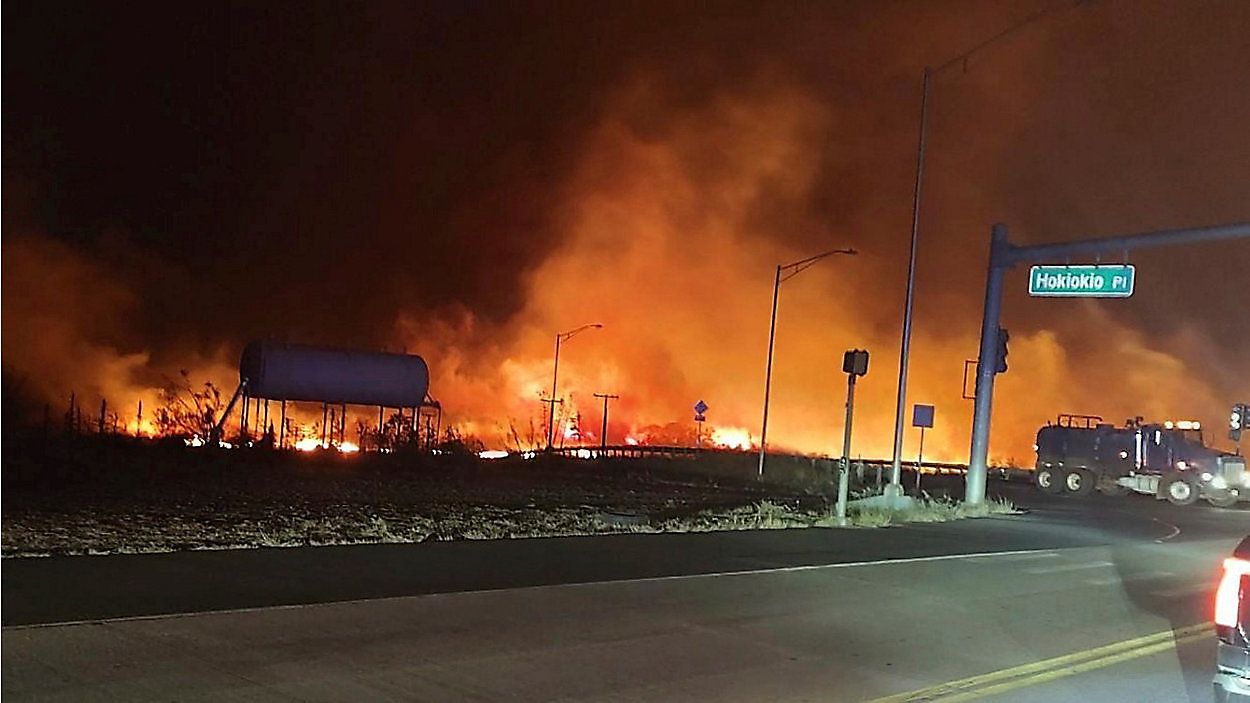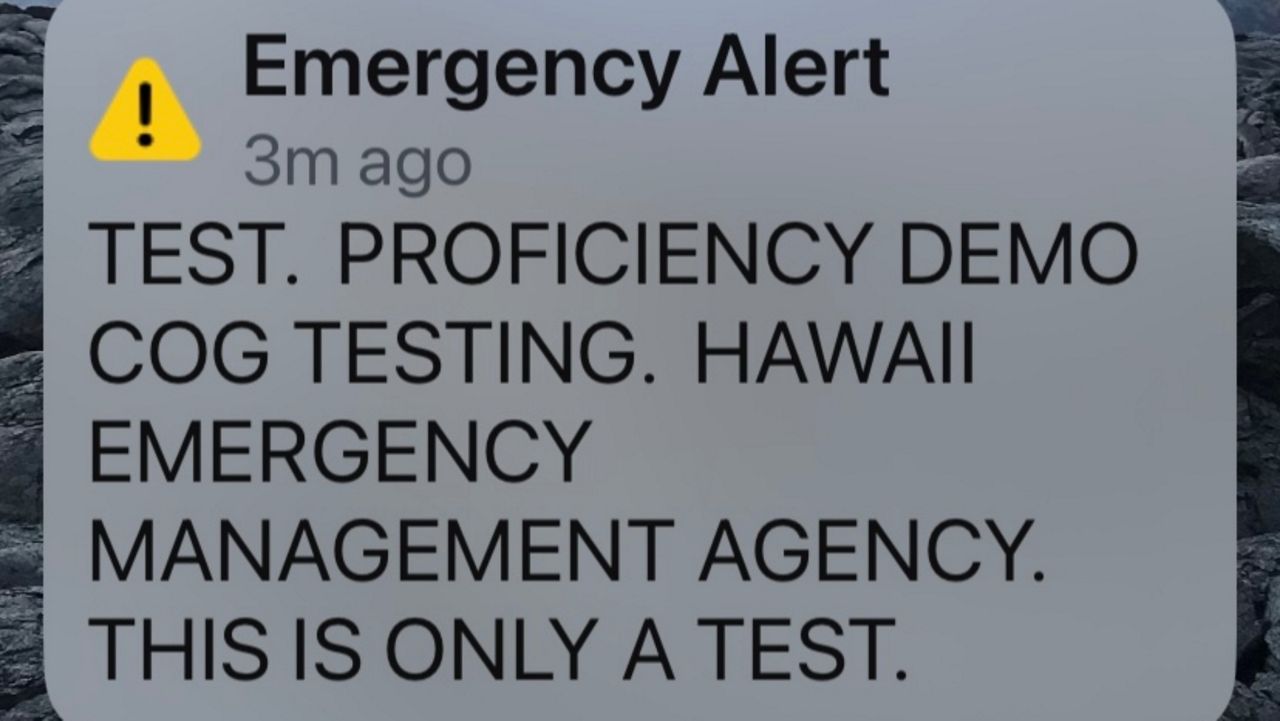The state Climate Advisory Team, established by Gov. Josh Green last May, has released a policy paper outlining a set of recommendations for financial commitment, government kuleana, thriving environment, community resilience and financial recovery intended to guide the Green administration’s legislative priorities for the upcoming session and beyond.
“The research and recommendations of the CAT as presented in this paper should be a motivation to all of us to take serious, bold action on these issues during the 2025 legislative session,” Green said. “The magnitude of the work required is sobering, but the recommendations in this policy paper show us a clear path forward for a more disaster-resilient Hawaii.”
The recommendations were formulated following months of meetings with subject matter experts in climate science, insurance markets, land stewardship and environmental justice, as well as leaders from government agencies and grassroots community advocates. They include actions the state can take immediately while also building the foundation for long-term policies that can help Hawaii survive and respond to future disasters.
Among the team’s key findings:
Over 70% of respondents believe what happened in Lahaina could happen in their community, but only 39% think their community is prepared for a natural disaster
Events in Hawaii and beyond demonstrate the increasing frequency and severity of disasters
The ongoing expected annual loss to all properties in Hawaii due to hurricane, wildfire, flood and earthquake damage is $1.4 billion
Increasing risk from disasters and the growing crisis in the insurance market will exacerbate Hawaii’s cost-of-living problem
Hawaii cannot wait to address these issues
CAT argues that near-term policy changes and financing approaches are essential starting points, or as it describes, “a down payment on the full investment to achieve a disaster-ready Hawaii.”
The policy paper includes 14 policy solutions for consideration by Green and the Legislature, including the establishment of a permanent resilience office to provide the necessary leadership and coordination of a strategic, integrated approach to improve Hawaii’s resilience and preparedness for climate-related disasters.
While executive action or independent agency initiative can implement some of the policy ideas, three require legislative involvement and will be advocacy priorities for the CAT during the 2025 session:
Establishing a new Hawaii Climate Resilience Fund, which would provide financial support for environmental, infrastructure and community resilience projects
Ensuring disaster recovery funds will be available to provide financial assistance to the most vulnerable residents after disasters occur
Supporting, expanding and appropriately resourcing the Office of the State Fire Marshal and related programs like Firewise
“Hawaii’s geographic isolation, aging infrastructure and increasing exposure to natural disasters mandate that resilience be among our highest priorities as a state,” said CAT chair Chris Benjamin. “Failure to increase our focus and spending on disaster readiness will jeopardize lives and our economic viability. Countless employees and volunteers at the state, county and community levels are devoted to resilience and we must provide the funding and coordination necessary to ensure their success.”
Michael Tsai covers local and state politics for Spectrum News Hawaii. He can be reached at michael.tsai@charter.com.










